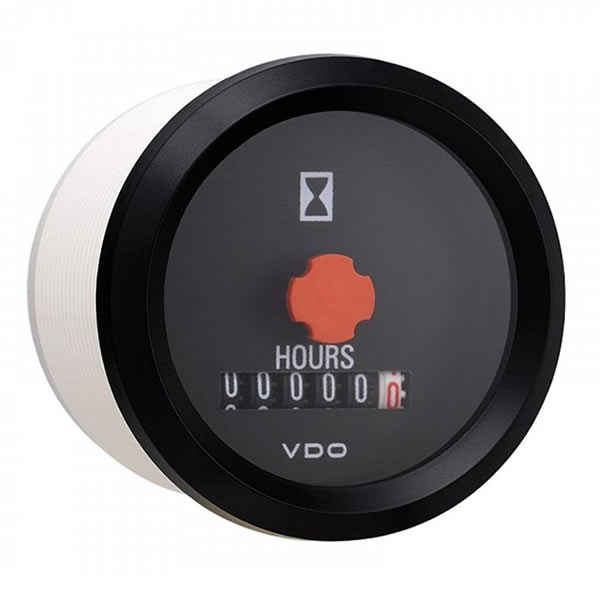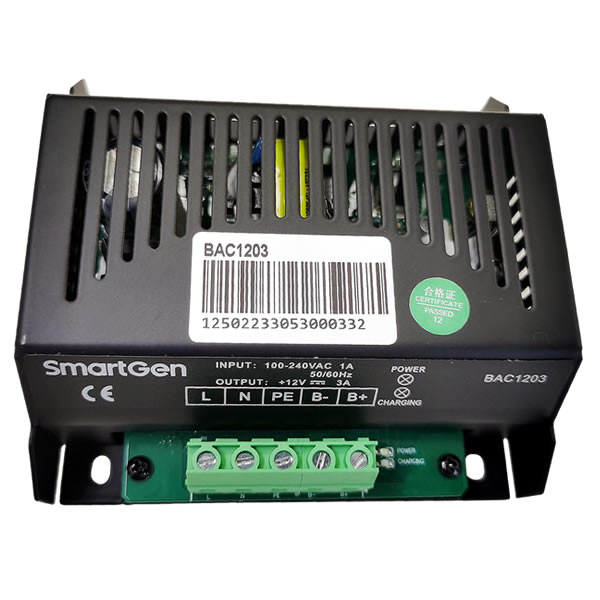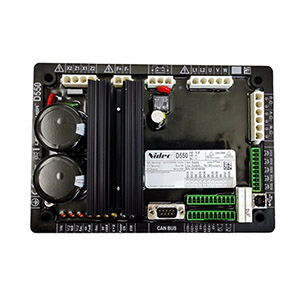Has your generator output voltage fluctuated a lot lately?
One explanation for this is that the AVR is defective. Never heard of this component? ? ? Well, don’t worry... We’ve got you covered. As you read this blog post, you will learn about AVR; such as what it is, what it is used for, and what happens if it malfunctions. Therefore, we sincerely request you to read this blog post from beginning to end.
What is an Automatic Voltage Regulator? | What is AVR?
An automatic voltage regulator (AVR) is a device for generators whose purpose is to automatically regulate voltage, meaning it converts fluctuating voltage levels into a constant voltage level. An automatic voltage regulator (AVR) works by stabilizing the output voltage of a generator under variable load, but can also distribute the reactive load (voltage drop) between generators operating in parallel and help the generator respond to overloads.
Simply put, an automatic voltage regulator (AVR) continuously accepts a variable voltage range of input and maintains a constant output at a fixed voltage.
What are the Functions of an Automatic Voltage Regulator (Avr)?
Voltage regulation: The primary function of an AVR is to regulate the output voltage of a generator or alternator. It ensures that the voltage remains within a specified range, typically at a constant level, regardless of variations in the input voltage or changes in the electrical load.
Stability: AVR helps maintain a stable and consistent voltage supply, which is crucial for the proper functioning of electrical equipment. It prevents voltage fluctuations that can lead to equipment malfunctions, damage, or even failure.
Protection: AVR safeguards electrical devices from potential damage caused by voltage spikes, surges, or drops. By regulating the voltage, it prevents excessive or insufficient voltage levels that could harm sensitive equipment.
Load sharing: In cases where multiple generators are connected in parallel to supply power, AVRs ensure that the electrical load is evenly distributed among the generators. This helps optimize the efficiency and performance of the system.
Fault detection and response: Some advanced AVRs have the capability to detect faults or anomalies in the electrical system, such as overvoltage or undervoltage conditions. They can automatically adjust the voltage output or activate protective measures to mitigate potential risks.
Voltage correction: AVRs can compensate for voltage drops or losses that may occur due to factors like long electrical cables or transmission distance. They help maintain the desired voltage level at the point of use, even when there are voltage drops along the transmission lines.
How to Tell If Your Alternator AVR is Giving Up?
Since AVR makes it possible for a generator to deliver stable power; if it malfunctions, impacts will be significant. Identifying potential issues with your generator's AVR (Automatic Voltage Regulator) early on can help you avoid expensive repairs down the line. Here are some indicators that may suggest a problem with the AVR in your generator:
Voltage fluctuations:
If you notice frequent and significant fluctuations in the output voltage of your generator, it could be a sign of a malfunctioning AVR. Unstable voltage levels can lead to equipment damage or failure.
Inconsistent power output:
Faulty AVR may result in an inconsistent supply of power from the generator. You may experience intermittent power interruptions or variations in the power delivered to your electrical devices.
Overheating:
Excessive heat emanating from the AVR unit can indicate internal issues. If you detect unusual heat around the AVR, it is advisable to have it checked by a professional.
Inadequate voltage regulation:
The primary role of an AVR is to regulate and stabilize the voltage output. If you observe that the AVR is not effectively maintaining a steady voltage level, it suggests a potential problem.
Visual signs of damage:
Carefully inspect the AVR for any visible signs of damage, such as burnt components, loose connections, or bulging capacitors. Physical abnormalities can be indicative of a faulty AVR.
In short
An automatic voltage regulator (AVR) is an electronic device designed to maintain a stable terminal voltage for a generator. Should the AVR malfunction due to electrical shorts, overloading, or other causes, the generator's performance will be compromised. Additionally, a defective AVR can lead to costly generator repairs in the future. Therefore, proper maintenance of your generator's AVR is crucial.





